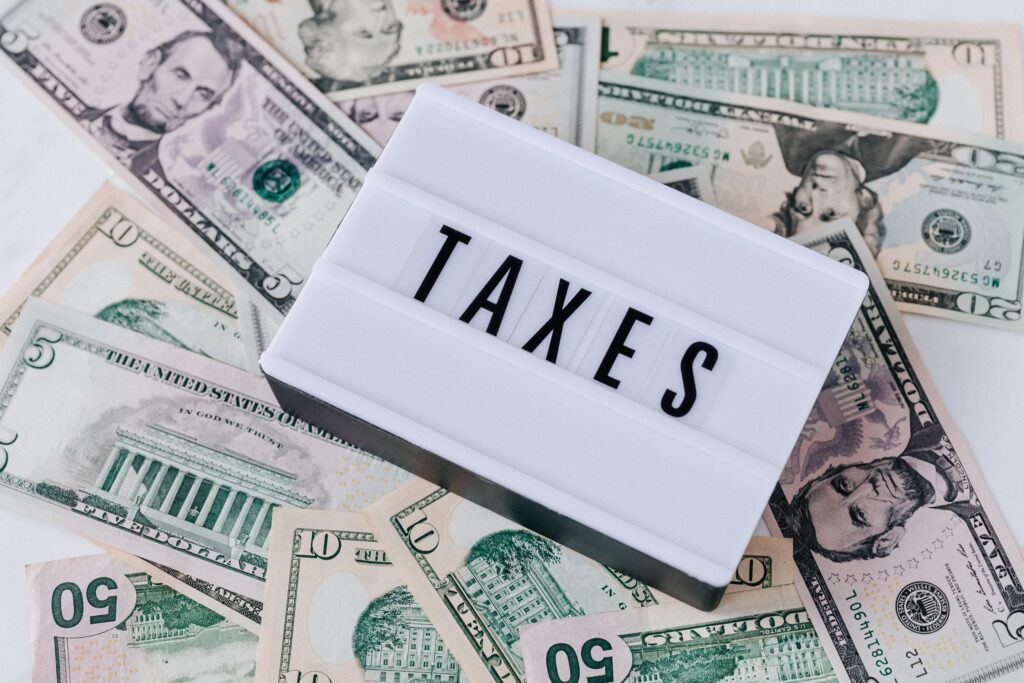Californians may be anxious about filing their taxes as the deadline for the 2022 tax year is fast approaching. Concerns regarding the timing of state reimbursements or the reasons for delays may arise shortly after submitting. The kind of tax return filed, circumstances contributing to tardiness, and how the filer chooses to obtain refunds influence the responses. Let us know more detail about ‘Where’s My Refund California?’.

Where’s My Refund California?
The California Franchise Tax Board (FTB) oversees the state’s tax management, enforcement, and associated programs for people and companies. In a broad sense, if you are a citizen who earns revenue, a part-year native living, or a non-resident who received income from a California supplier, you must document a California state tax return.
My refund California
Refund processing normally takes three to four weeks for postal returns and up to three weeks for California e-filed forms. Clearing refunds may be delayed while some returns are reviewed. Check the latest response time for California returns and reimbursements.
The State of California Franchise Tax Board’s “Where’s My Refund?” page allows you to follow the progress of your refund.
How much of a return will I receive?
Your California-adjusted gross income and the number of children will determine how much you earn.
Depending on their earnings, filers would get either $350, $250, or $200, with additional compensation of the exact amount if they have at least one dependant.
- Tier 1: Singles taxpayers with incomes under $75,000 would receive $350. Joint taxpayers who make less than $150,000 annually would earn $700. They will earn an extra $350 if they have at least one dependant. For instance, a husband and wife with one kid and an annual income of $100,000 would receive $1,050.This socioeconomic category is occupied by about 82 percent of the state’s recipients.
- Tier 2: $250 will be awarded to single taxpayers making between $75,001 and $125,000. A $500 rebate would be given to joint taxpayers with incomes between $150,001 and $250,000. They will earn an extra $250 if they have at least one dependant. This group of recipients makes up around 12% of the total.
- Tier 3: $200 will be given to single taxpayers making between $125,001 and $250,000. For joint taxpayers with incomes between $250,001 and $500,000, $400 will be awarded. They will earn an extra $200 if they have at least one dependant. The recipients in this category make up about 6%.
My California refund is delayed
Delays in California refund could be caused by the following factors:
- Math mistakes or other alterations in your refund.
- You filled out your return using a variety of form types.
- Your response missed details or was insufficient.
- Certain refunds could be delayed by scams and mistake controls.
Can State Refunds in California Shift?
Californians may discover a varying sum when their state tax refund comes, even though most folks may obtain an approximation of it when they file their taxes. Under some circumstances, the FTB may alter an anticipated reimbursement. California residents will get a “Notice of Tax Return Change” explaining the grounds for the modification and the revised refund sum if their refund changes.
Among the explanations for state refund modifications are:
- Tax withholding or payments do not reflect state data.
- The claimant is ineligible for a tax credit they made.
- An old tax debt was settled with the refund.
Californian state debts consist of the following:
- Court-ordered.
- Parental assistance.
- collecting car registration fees.
Sanctions for Obtaining Health Care Plans
When they submit their state tax returns, Californians who failed to have qualified health insurance for the entirety of the year are susceptible to fines of $800 or more. A four-person family might be subject to a fine of $2,400 or more if they have a reliant kid; the fine is half that of a grownup. Tick box 92, “Full-year health care coverage,” on your state tax return if you obtained health insurance in the previous year to avoid fines.
Conclusion
Examining some of the most significant tax adjustments for California homeowners and taxpayers is worthwhile as the most recent tax year approaches. It is not surprising that Californians pay the highest state tax rates of any state, given their high average earnings and status as the nation’s most populated state. Therefore, taxes are a hot subject for many.
Frequently Asked Questions
- Does California Offer a Refund Tracking System?
California residents may quickly monitor the progress of their refunds using the FTB’s “Check Your Refund” function. The relevant data must be entered by taxpaying individuals:
- postal code.
- Enter the postal code, if relevant.
- Intended reimbursement amount, to be exact.
- The social security number.
- How can I tell whether I’m eligible for this refund?
To start with, your last year’s tax refund must have been lodged before October 15.
Some recent California citizens won’t be eligible for the refund since they must have been residents of the state for at least six months of the previous year’s tax year and remain so on the date the payout is made.
Additionally, you cannot have qualified for a dependent exemption for the previous tax year.
